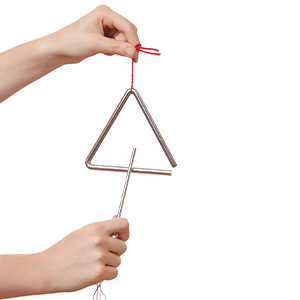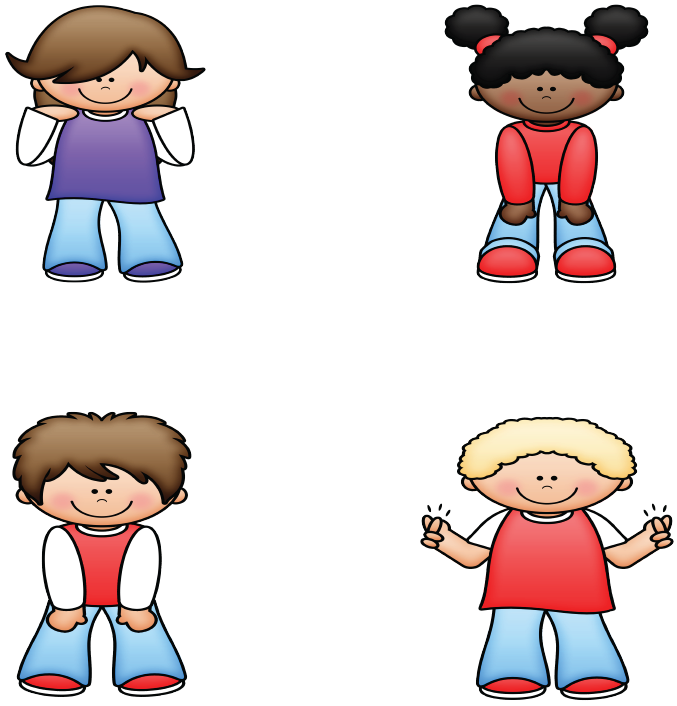Y3. Lesson 2. Prepare the treble clef and letter names
Prior learning: None
Duration: 30 minutes
Materials: Recorders
Keywords: Beat, rhythm, singing, chanting, partners, rhymes, circle games.
Difficulty: ![]()
Prepare
Treble clef and absolute letter names
Present
Practise
Legato & staccato

Solfa, or Solfege, is a method used to teach pitch and sight singing in music. It assigns specific syllables to each note of the scale. The most common Solfege system is the movable 'do' system. The basic syllables are Do, Re, Mi, Fa, So, La, and Ti. In movable 'do' Solfege, 'Do' is always the scale's tonic (the first note), regardless of the key.
Letter names are simply the letters A through G used to name the notes in music. This system is used universally in Western music notation. Unlike Solfa, where 'Do' can change based on the key, the letter names always represent the same pitches. For example, 'C' is always the note C, whether it's in the key of C major or A minor. Letter names are essential for identifying specific instrument notes and music theory notes. They are fundamental in learning how to read and write music and are used to describe chords, scales, and key signatures.
 Melodic development
Melodic development
![]() Students discover that notes have names.
Students discover that notes have names.
![]() After the first seven letters have been used, the pattern starts again and repeats again, either going up or down.
After the first seven letters have been used, the pattern starts again and repeats again, either going up or down.
Part 1 - Solfa
- Project the first score of See Saw.
- Explain that the song is written high on the staff.
- Ask students to copy it in their notebooks and write the solfa beneath each note [so-mi].
- Repeat with the second score, and explain that the song is now written lower on the staff.
- Remind students that the solfa names are not fixed and remain the same, becoming higher or lower depending on the pitch.
Part 2 - Note names
- Project the note names score.
- Teach that notes can also be fixed and given names from the first seven letters of the alphabet: A, B, C, D, E, F and G. These letters sit on lines or spaces.
- The seven letters repeat when more notes are needed, either higher or lower than the first set.
- When letter names are used, a special sign shows where they sit.
- Project the treble clef image and trace around it to show how to draw it.
- Ask students to practice drawing it in their notebooks.
 Rhythmic development
Rhythmic development
![]() Students develop their understanding of legato and staccato.
Students develop their understanding of legato and staccato.

- Triangles work well in this exercise as it is easy to demonstrate the difference between legato and staccato.
- Distribute triangles to the class.
- Demonstrate suspending the triangle and playing four legato notes. The class will copy you.
- Ask students to name the word for notes that sound 'joined up'. [Legato]
- Staccato notes are demonstrated by holding the triangle in one hand (not suspended as is usual) and striking it with the beater in the other hand.
- Play four staccato notes and ask the class to copy you.
- Ask students for the word used when notes sound separate. [Staccato]
 Creative movement
Creative movement
![]() Students use body percussion in a known song.
Students use body percussion in a known song.

- Students are arranged in a circle.
- Lead the class in singing 'Are you sleeping?'
- Explain that students will now use body percussion and teach the following:
- Clap your hands (above your head) whilst singing “Are you sleeping?” twice.
- Clap on your chest whilst singing “Brother John” twice.
- Clap on your thighs whilst singing “Morning bells are ringing” twice.
- Stamp, whilst singing “Ding, dang, dong” twice.
- When secure, ask a volunteer to demonstrate the body movements in a new order.
- Repeat until time permits.
 Listening
Listening
![]() Students listen to examples of staccato and legato.
Students listen to examples of staccato and legato.
- Play the first audio track on the player.
- Ask the class if they know which instrument is being played.
- Ask the class if the instrument is playing staccato or legato.
- Repeat with each of the following tracks.
 Visual learning
Visual learning
![]() Students practice drawing notes in a space.
Students practice drawing notes in a space.
- Project or draw the four notes on the board that sit in a space.
- Point to and name each note in turn.
- Repeat with the class saying the notes.
- Ask the class if they can find an easy way to remember the four notes.
- Show how the four notes spell FACE - which rhymes with space!
- Ask students if they can think of other words using the letters FACE.
 Instruments
Instruments
![]() Students discover their first recorder song, using the note B.
Students discover their first recorder song, using the note B.

- Remind students how to hold the recorder, place the left thumb under the bottom hole and use the chicken left-hand fingering to play the note B.
- With the recorder in their mouths, ask students to say the word 'too' in a whisper when they play a note. Explain this is called tonguing, which separates the notes.
- Have the class practice tonguing as they play the note B.
- Project or print the score for the first song, called B Nice.
- Students should play the first four B notes, take a short breath, and then play the next four B notes.
- Remind students to count 1-2-3-4 in their heads as they play.
- The comma marking denotes where a breath should be taken.
 Part work
Part work
![]() Students sing a known song and clap in an ostinato pattern.
Students sing a known song and clap in an ostinato pattern.
- Demonstrate a simple clapped ostinato pattern such as ta, ti-ti, ta, ta.
- Ask the class to repeat with you until secure.
- Lead the class in singing Little Sally Water and clapping the ostinato pattern.
- Monitor student's performance and offer gentle guidance where necessary.
 Assess
Assess
Suggested lessons
Y1. Beat II

Y1. Beat III

Y1. Beat IV

